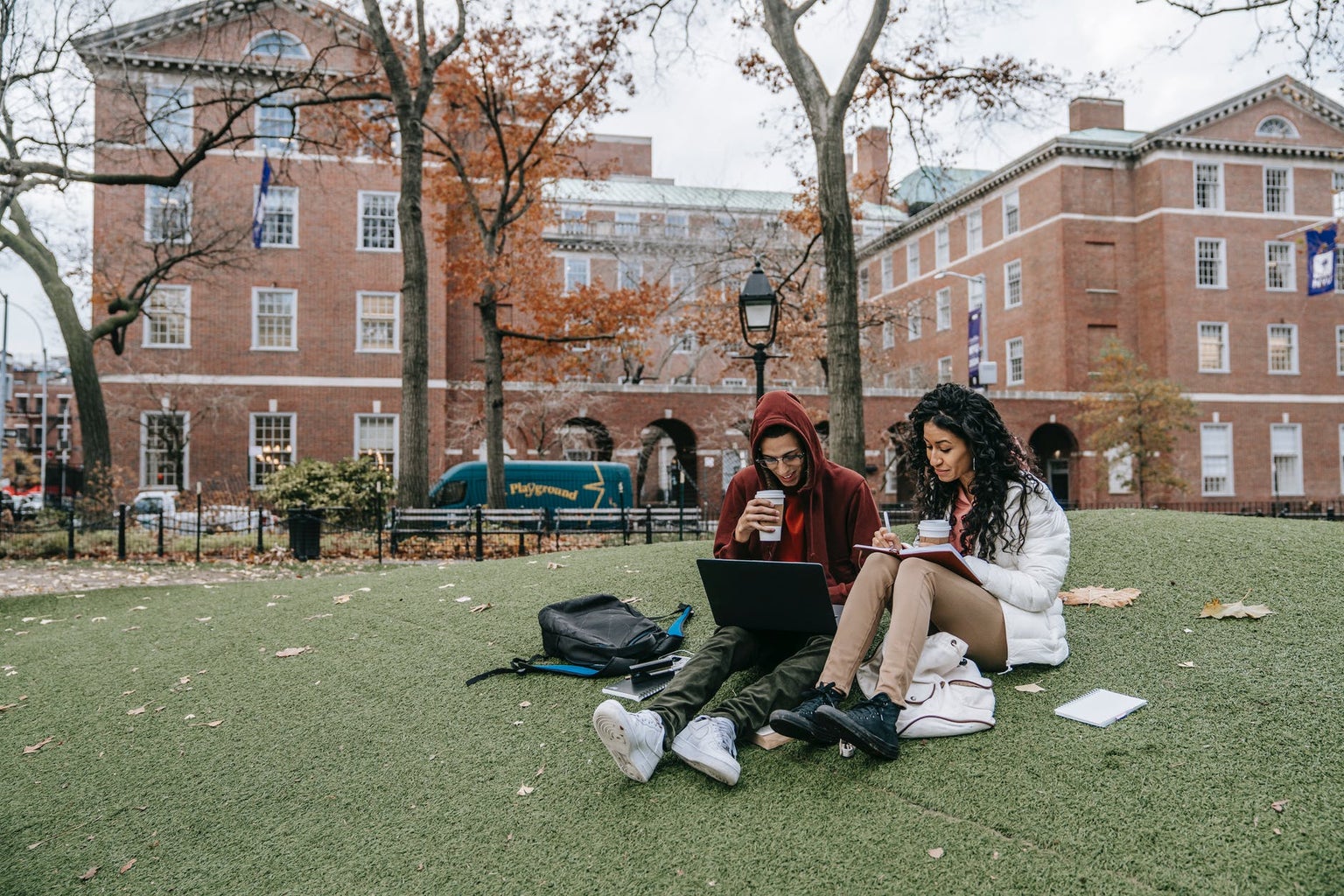It’s likely that one of your classmates or even you are unsure about where the next meal is going to come from. A study by Chegg Research in Fall 2020 found that 36% of college students know someone who has dropped out due to food insecurity during the COVID-19 pandemic. According to another study conducted in Fall 2018 by Temple University, 45% of college students deal with food insecurity. And although multiple studies indicate that this rate may be slightly higher or lower, in the past year and a half, it is well agreed upon that the rate of food insecurity among college students has been increasing since the COVID-19 pandemic .
There seem to be many different ways to define what food insecurity means. For example, the group Feeding America describes food insecurity as a household’s inability to provide adequate nutrition for each family member to live a healthy life. However, food insecurity can also simply be described as when someone is unsure where or when they will have their next meal.
The United States Department of Agriculture (USDA) breaks down the meaning of food insecurity into several levels. They define marginal food security as when a person has anxiety about having enough food available. A person has low food security when there is a decline in quality and variety of the food they have access to. And a person experiencing very low food security may often just not have enough to eat. In all of these situations, not only is there a lack of nutrition and an increase in stress, people are also developing poor eating habits. Unfortunately, these poor habits can become long lasting.
Some students must choose between paying for tuition or food. Once tuition has been paid, having to experience food insecurity can create a cascading effect of physical, mental, and emotional problems. Here are some ways students that struggle with any type of food insecurity can receive support and help.
- Stigma
First you need to recognize that some students may feel a stigma about getting help. To prevent fellow students from having those types of feelings, help them to feel accepted and welcomed. You don’t want a struggling friend to feel hesitant about reaching out for help. Never make anyone feel guilty or ashamed about their situation. Asking for help can make someone feel even worse when they’re already feeling vulnerable. Put yourself in their shoes. What words would make you feel accepted and comfortable? Be easy to talk to; be encouraging. Show a genuine concern; show that you are truly interested in being helpful.
- Know your University’s Resources
You can simply help a fellow student dealing with food insecurity just by sharing the information you know. Learn about the resources available on your campus or in the local community. Many college campuses have a food bank. To get information about your university’s food bank or food assistance services, contact the department of Student Services or Student Affairs, or reach out to a university counselor. You should also learn about the services provided by your campus dining halls. Campus dining halls have always been a reliable and stable source of nutrition for many college students. However, during the pandemic, dining halls have had to take many precautions to protect the food and keep students distanced. Many dining halls now prepare wrapped foods to go. Thirdly, the federal government has provided some special funding specifically to help college students experiencing food insecurity. Some students may be eligible to receive a monthly stipend from the school to help pay for groceries. Some students may be eligible to apply for federal Supplemental Nutrition Assistance Program (SNAP) benefits. Your college’s counseling services can help navigate federal government websites to apply for these and other forms of assistance.
- External Resources
Your community is also a good place to learn about resources for anyone who suffers from food insecurity. Many of these resources can be located through the following websites. FoodFinder provides a searchable map of food pantries nationwide. The WhyHunger Hotline (1-800-5-HUNGRY, 1-800-548-6479) helps users locate food pantries, soup kitchens, summer meals sites, government nutrition programs, and grassroots organizations. It focuses on identifying resources that provide access to nutritious foods and nutritional support services. The USDA National Hunger Hotline (1-866-3-HUNGRY, 1-866-348-6479) is a resource for individuals and families seeking information on how to obtain food. They connect people with emergency food providers in their community as well as government assistance programs and various social services. And finally, the Center for Disease Control and Prevention hosts a website on Food and Food System Resources During COVID-19 Pandemic. This website offers many resources for individuals and families seeking food assistance during the COVID-19 pandemic.
Whether or not you see food insecurity in your classmates doesn’t mean that it’s not real. Though some students may kid about eating ramen noodles three times a day, this is a strong indicator that they are experiencing “low” food security, a decline in the variety of foods they have access to. Some people may not realize that a lack of variety in our meals can contribute to poor nutrition, health, and success in college. Or students may hide their food insecurity because of the stigmas associated. Or they may just not be aware of the many resources on the college campus or in the community. All students deserve help when dealing with the very real problem of food insecurity.
hcxo




